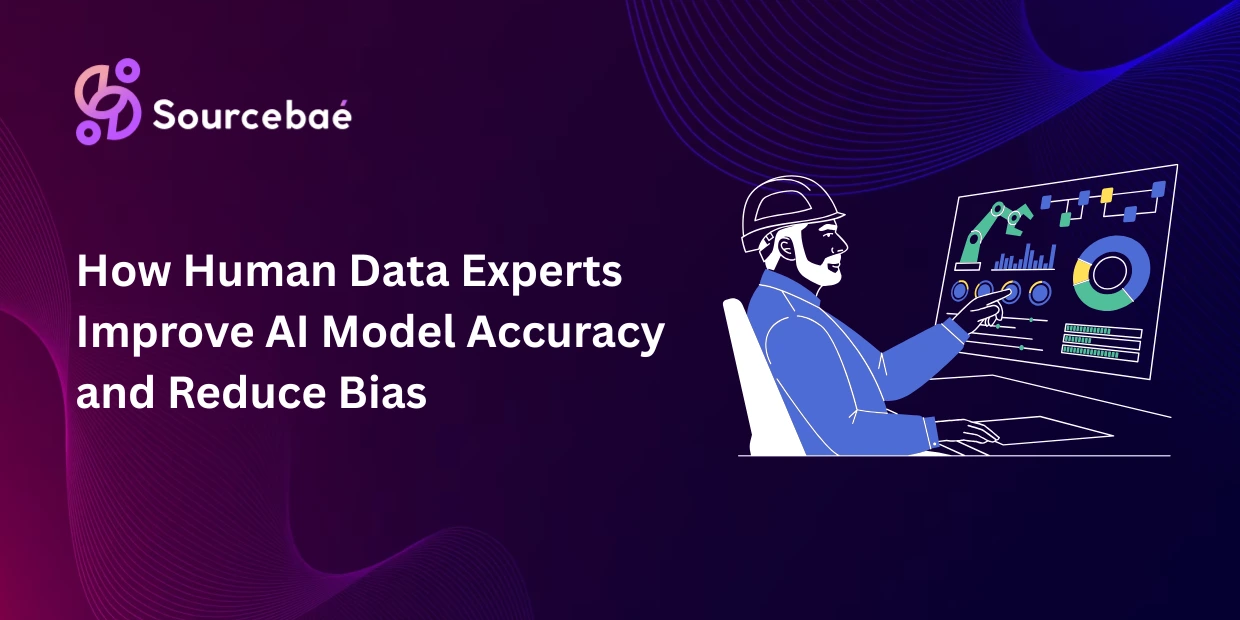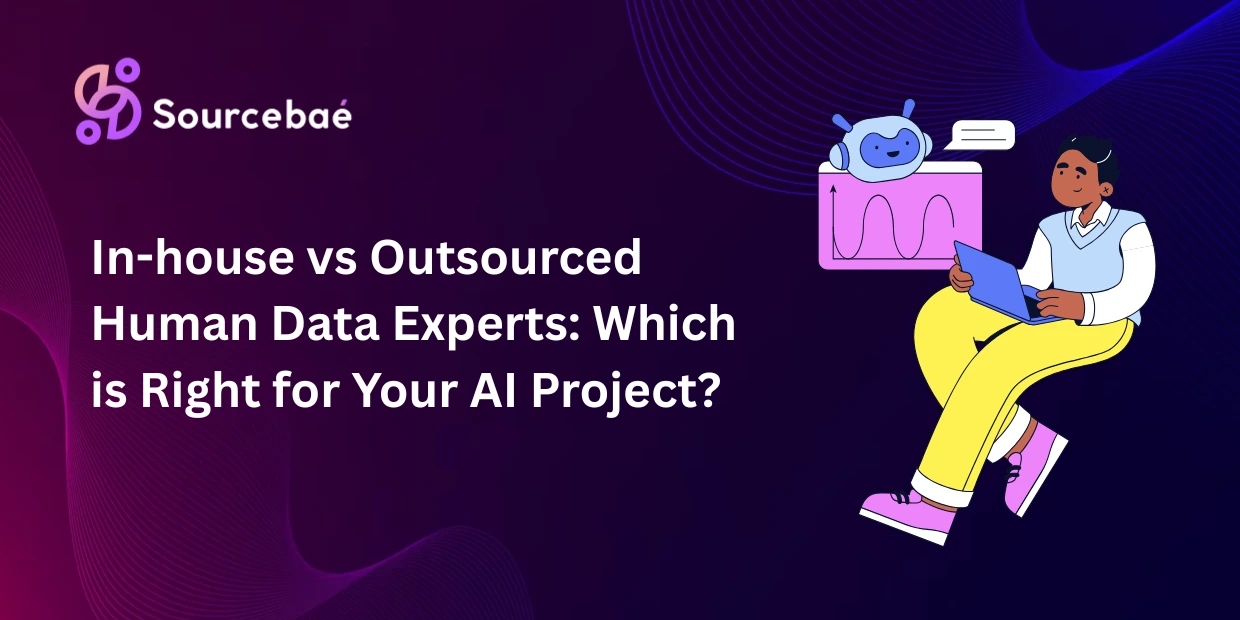First-chance exceptions can either considerably improve your debugging experience or continuously get in the way of productive development. If you’ve ever found your debugger repeatedly stopping your code execution on seemingly trivial exceptions, you understand how disruptive this is. But don’t worry; this comprehensive guide covers everything you need to know about diagnosing, solving, and preventing your debugger from breaking on first-chance exceptions in Visual Studio, VS Code, Eclipse, IntelliJ IDEA, and other popular IDEs.
In this article, we’ll cover:
- What first-chance exceptions are and how they’re different from second-chance exceptions.
- Why your debugger might break continuously on these exceptions.
- Practical options for configuring IDEs not to break every time.
- Advanced strategies for efficiently managing first-chance exceptions.
- Troubleshooting common issues.
- Answers to frequently asked questions about debugger exception scenarios.
Let’s dive in and take control of your debugging workflow.
What Are First-Chance Exceptions?
Definition of First-Chance Exceptions
A first-chance exception is an exception thrown in your code that the debugger gets notified about before your application’s code can handle it. In other words, it’s your debugger’s first opportunity (or “first-chance”) to intervene before any “catch” block or exception-handling logic in your app is executed.
First-Chance vs Second-Chance Exceptions
- First-Chance Exceptions: The debugger sees them immediately when they occur, even if they’re handled by your code afterward.
- Second-Chance Exceptions: Occur when no part of your code handles an exception. Therefore, a second-chance exception usually stops your application completely, signifying a critical error.
Practical Example
For example, imagine your .NET application attempts to parse user input to an integer:
try
{
int userValue = int.Parse("not-a-number");
}
catch (FormatException ex)
{
Console.WriteLine("Handled FormatException gracefully.");
}
The above throws a first-chance exception—a FormatException. Although your code anticipates and handles this exception, your debugger will still notify you unless explicitly configured not to.
Why Does the Debugger Break on First-Chance Exceptions?
Most modern IDEs, including Visual Studio, VS Code, Eclipse, or IntelliJ IDEA, have built-in behaviors to pause execution whenever an exception is thrown (this is helpful most of the time for debugging). However, first-chance exceptions can sometimes clutter your debugging experience. Understanding this default behavior makes it easier to configure your IDE for the ideal debugging experience.
By default, debuggers alert you to all exceptions to ensure maximum visibility. It’s particularly useful in catching problems early while developing, but when exceptions are already properly handled in your code, continuously encountering them can be distracting and frustrating.
Debugger default breaking behavior can be turned on by specific IDE settings updates, IDE version upgrades, plugin configurations, or imported user profiles.
Common Scenarios Where the Debugger Keeps Breaking
IDE-Specific Scenarios:
- Visual Studio: Default Exception Settings configuration often triggers first-chance breaks.
- VS Code: Misconfigured “launch.json” debug profiles typically causes this.
- Eclipse or IntelliJ: Incorrect or overly aggressive breakpoint settings.
Managed (.NET/Java) vs Unmanaged (C++/Native Code):
Different runtime environments handle exceptions uniquely. Managed code (.NET and Java) exceptions often handle and recover gracefully, but native exceptions in C++ or unmanaged code generally reflect more significant concerns.
Third-party Frameworks and Libraries:
Third-party libraries often use handled exceptions internally. While these exceptions don’t signify errors, your debugger might still interrupt your flow and cause unnecessary alarm.
How to Prevent Debugger From Stopping on First-Chance Exceptions
Thankfully, there’s a straightforward way to configure popular IDEs to ignore certain first-chance exceptions.
1. Visual Studio
- Go to “Debug” > “Windows” > “Exception Settings”.
- In the Exception Settings window, deselect specific exceptions to ignore them for first-chance breaks.
2. VS Code
- Adjust
"launch.json"within the debugging settings panel. - Use
"breakOnExceptions": falseto disable debugger breaking on exceptions.
3. Eclipse & IntelliJ IDEA
- Eclipse: Under the Breakpoints view, disable exception breakpoints or adjust them to specific exceptions.
- IntelliJ IDEA: Go to “Run” > “View Breakpoints” and modify exception breakpoints.
Keeping these configurations on hand can greatly boost your debugging productivity.
Advanced Techniques for Handling Debugging Exceptions
Beyond standard settings, employing advanced configurations significantly optimizes debugging workflows.
Selectively Break on Specific Exceptions:
Instead of disabling all exceptions, configure your debugger to break only on important exceptions. For example, catching “NullReferenceException” and ignoring handled “FormatException”.
Conditional Breakpoints:
Almost all modern IDEs support conditional breakpoints allowing alternative control over debugging behavior. Conditional breakpoints stop at exceptions only if specific criteria in the condition are fulfilled.
Handling Third-Party Library Exceptions:
When a third-party library throws numerous benign exceptions, disable breaking specifically for its namespace or class to maintain cleaner debugging sessions.
Exception Logging and Tracking:
Instead of actively breaking on exceptions, integrate robust logging frameworks (e.g., Serilog, Log4J, NLog, ELMAH) to monitor and review exception statistics asynchronously.
When Should You Actually Care About Listed First-Chance Exceptions?
Not all first-chance exceptions should be ignored. Qualified developers recognize specific situations where these exceptions matter:
- Performance Concerns: Exceptions can degrade performance if thrown frequently.
- Hidden Bugs: Frequent handled exceptions might mask deeper logical flaws.
Rapidly evaluate your exceptions contextually. Inspect stack traces, frequency, and performance impact to quickly spot true issues.
Troubleshooting Common Issues
- Debugger settings not applying: Restart IDE or clear cached settings/config files.
- Debugger still breaking: Verify no conflicting settings, check project settings, update to latest IDE version.
- Consult Official Documentation: Always visit official Visual Studio, Eclipse, IntelliJ, or VS Code docs when problems seem persistent.
FAQ: Debugging First-Chance Exceptions
What exactly is a first-chance exception?
A first-chance exception is just an exception caught first by your debugging tool before any code-level handling. It provides visibility regardless of how your app is handling the exception.
Do first-chance exceptions always imply a software bug?
No, they’re commonly anticipated, handled scenarios. Not all exceptions signal problems, especially if managed via try/catch blocks.
Does disabling first-chance exception breaking impact debugging capabilities?
Rarely negatively. Disabling just reduces unnecessary interruptions, improves focus, and reduces debugging noise unless investigating exceptions directly.
How do I know if a first-chance exception needs attention?
Evaluate frequency, type, stack-trace and performance monitoring data. Consider exceptions related directly to your custom code or affecting application stability and performance as candidates worthy of deeper inspection.
Why is my debugger still breaking despite changed settings?
Common causes include conflicting project settings, user profile issues, or outdated IDE components. Revisit IDE documentations or reset user settings accordingly.
How can I log or monitor exceptions without breaking into debugger?
Use industry-standard logging frameworks like Serilog, Log4J or NLog. These tools let you collect exception statistics asynchronously and review them separately without UI debugger interruptions.
Conclusion
Effectively managing first-chance exceptions ensures smoother debugging, improves developer productivity and reduces frustration. By understanding and customizing your IDE debugger exception settings effectively, you minimize workflow interruptions. Always adapt configurations based on your current phase of development and debugging.
We’d love to hear about your experiences with first-chance exceptions: how frequently do they interrupt you? Do you configure your IDE accordingly?
Call to Action:
Want more insights to optimize your debugging skills? Subscribe to our newsletter for regular programming tips and productivity hacks!
Also check out these helpful resources:
Leave a comment below and share your debugging stories or questions. We’re here to help!






